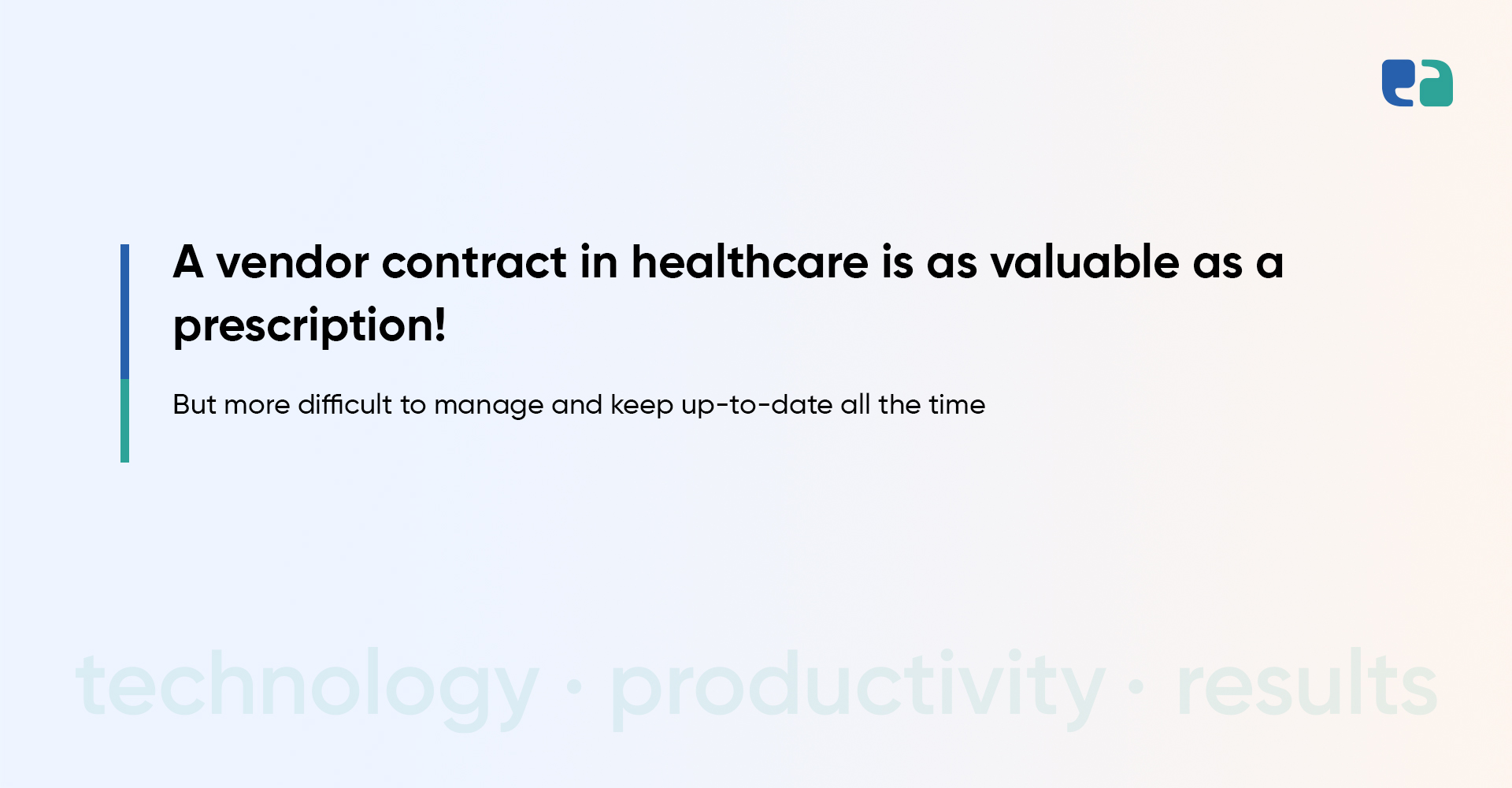Hey Orthodontists!
We know you’re a pro when it comes to treating patients. No doubt.
And also you’re using tons of technologies to strengthen your practice. That’s great.
But have you heard about orthodontic practice management software?
A software that can streamline all your routine stuff and give a boost to your practice.
Well, digitization in orthodontics is doing really big wonders and the best part is patients are accepting it.
A 2024 survey shows that 79% of healthcare professionals see digital tech as key to improving patient exam accuracy.
Patients are on board, too: 78% want online access to health records, and 81% prefer booking appointments digitally.
By building a custom practice management software, you can grow your efficiency, serve more patients and overall increase your revenue.
In this blog, we will help you build an orthodontic practice management solution and lead you to the entire development journey.
Just stick to it.

Let’s Understand the Need: Why Build Custom Orthodontic Software?
When you think about implementing orthodontic software, the first thing that comes to mind is the many off-the-shelf orthodontic software options.
Obviously, you want to save money and play safe. But is it really?
For small periods, a SaaS solution may look like a cheaper option but in the long run, it costs a lot.
On the other hand, a custom-built software solution gives more ROI after a few years.
More than budget, it is designed to fit a practice’s exact needs, making daily tasks easier and more streamlined.
Which is not possible in an off-the-shelf solution. Here, orthodontists have to use multiple tools to cover all their bases.
It leads to inefficiency, errors, and frustration.
Features You Should Add to Your Custom Orthodontic Software
Telehealth Integration: Help You in Expanding Access to Care
This is the favorite feature among all the healthcare divisions, no matter what they practice.
As this feature not only provides convenience to patients but providers too.
Helps providers reach remote places where care is rare.
With this feature, they can expand their customer base and save the money they are spending on clinic space.
Orthodontists can now conduct virtual consultations and track patient progress remotely—no need for third-party telehealth apps.







